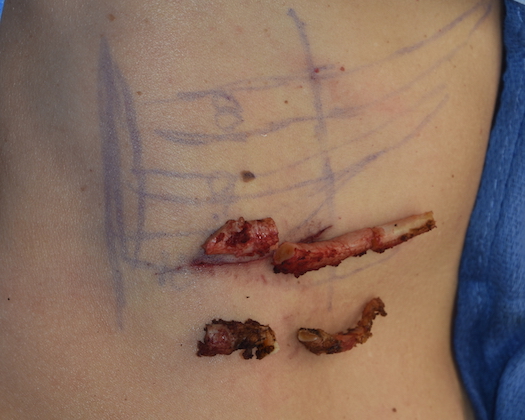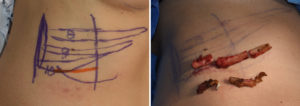Background: The 12 pairs of ribs that comprise the ribcage provide protection for various internal organs. Such ribs are divided into three types, sternal ribs, costal ribs and floating ribs. These descriptive terms refer to how these bony distal extensions from the spine connect. Ribs #1 through #7 wrap around the chest and connect to the sternum. Ribs #8 through #10 wrap around and connect to the costal cartilages which make up the subcostal ribcage. Ribs #11 and #12 are the floating ribs as they point downwards and have no connections.
Rib pain-related symptoms can occur from any of the ribs for a variety of reasons. The lower ribs are more commonly associated with impingement syndromes such as the costo-iliac impingement syndrome.(also called rib tip syndrome) Due to a reduced costoiliac distance the floating #12 and #11 ribs can touch the iliac crest when bending over causing back and loin pain.
At a higher level the anterior subcostal cartilaginous ribs can also cause impingement on the abdominal cavity. If they are too vertically long or have an excessive downward bow to them bending over may cause excessive compression on the underlying abdominal contents. Like costo-iliac syndrome removal of the portions of the prominent rib margins can be curative.
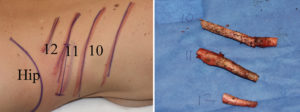
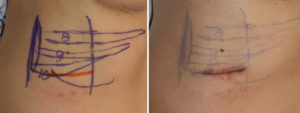
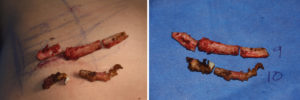
Case Highlights:
1) The subcostal rib margin can be a source of abdominal impingement when bending over.
2) The cartilaginous portions of ribs #9 and 10 can raise the subcostal rib margin and relieve symptoms of impingement.
3) An anterior incision is needed for subcostal rib removal.
Dr. Barry Eppley
Indianapolis, Indiana

